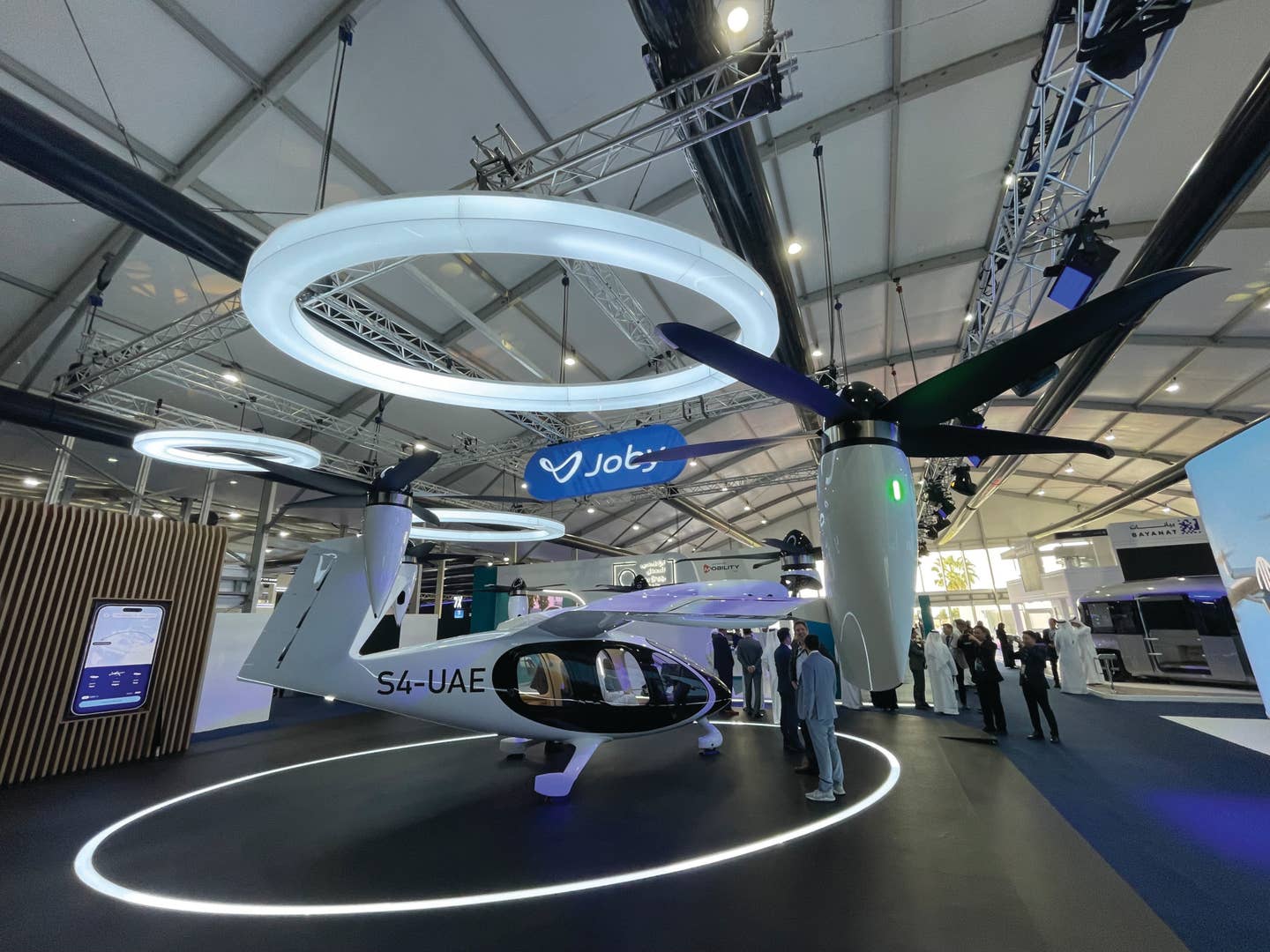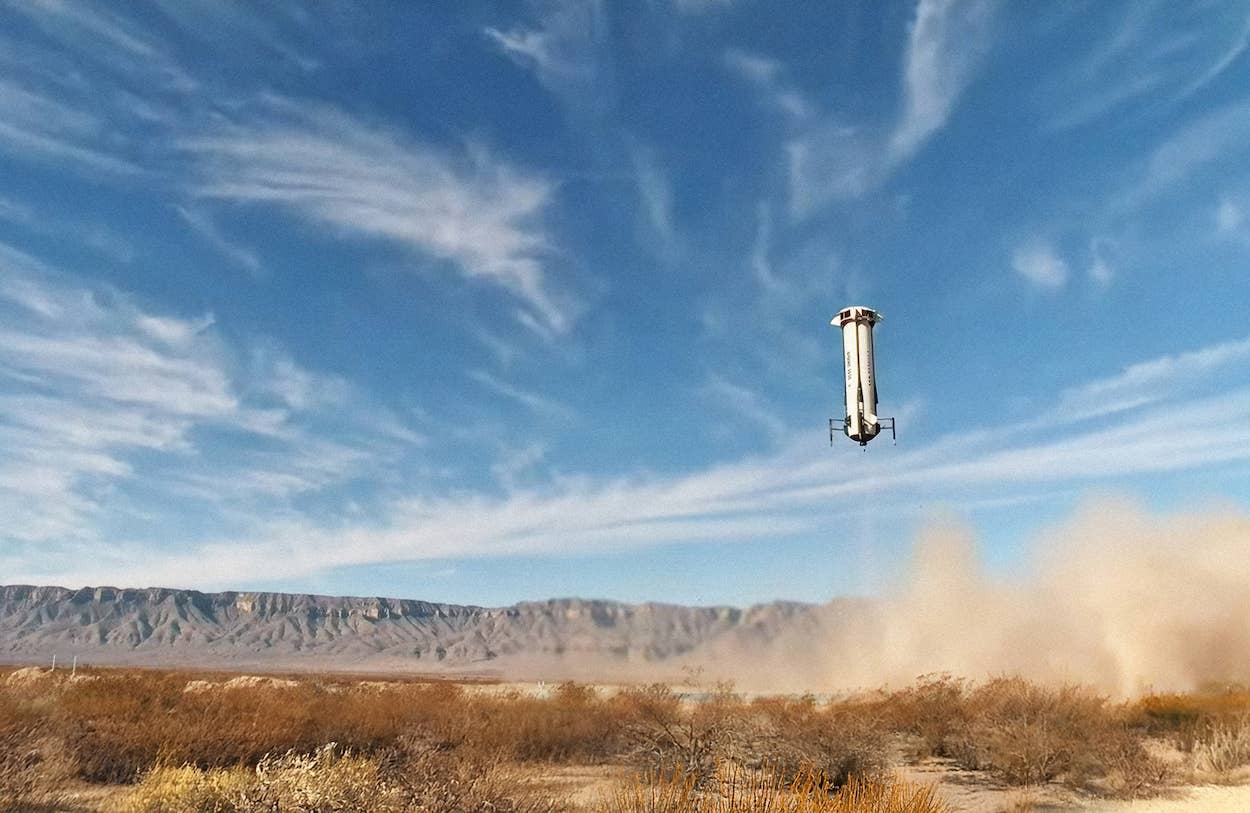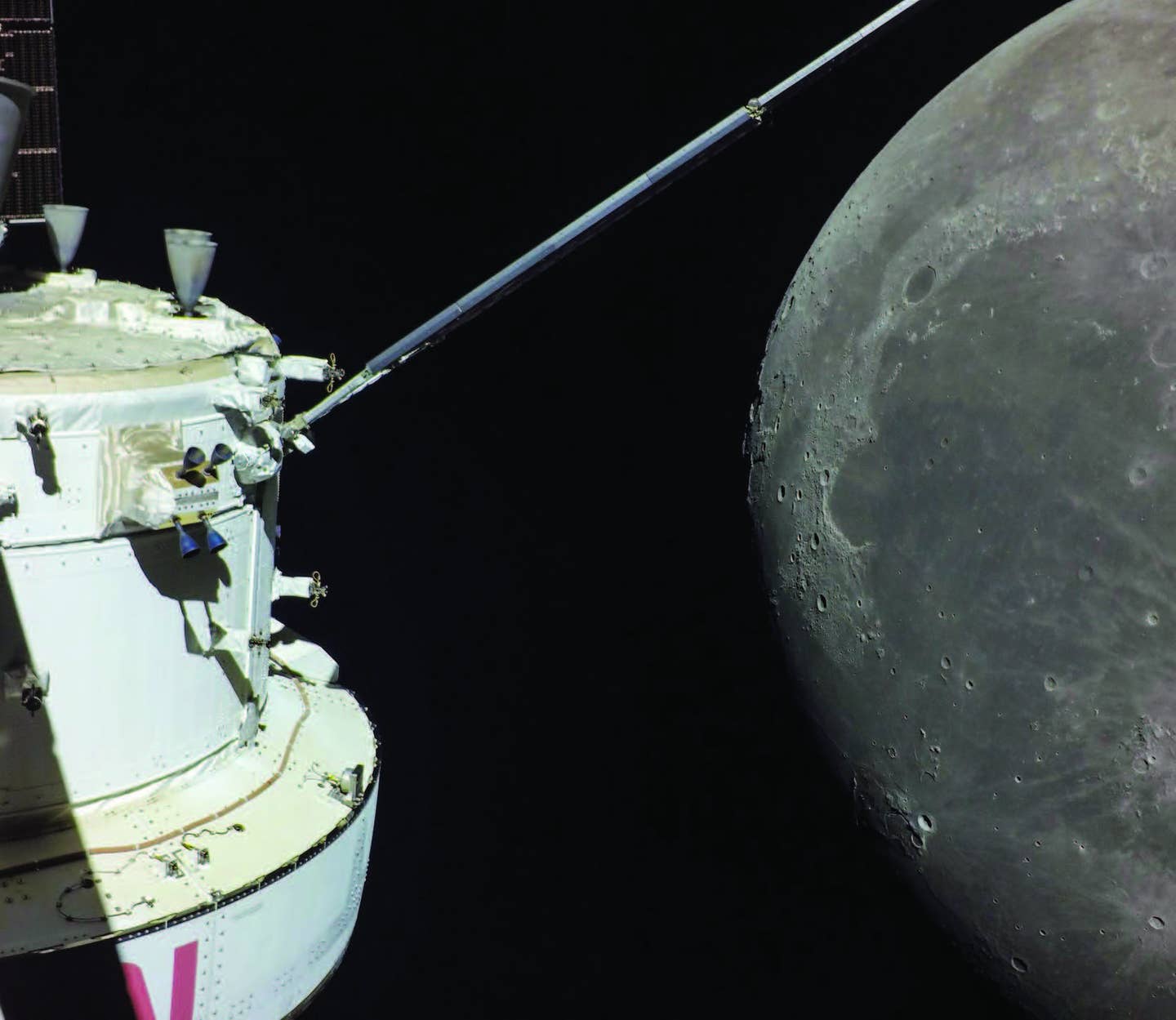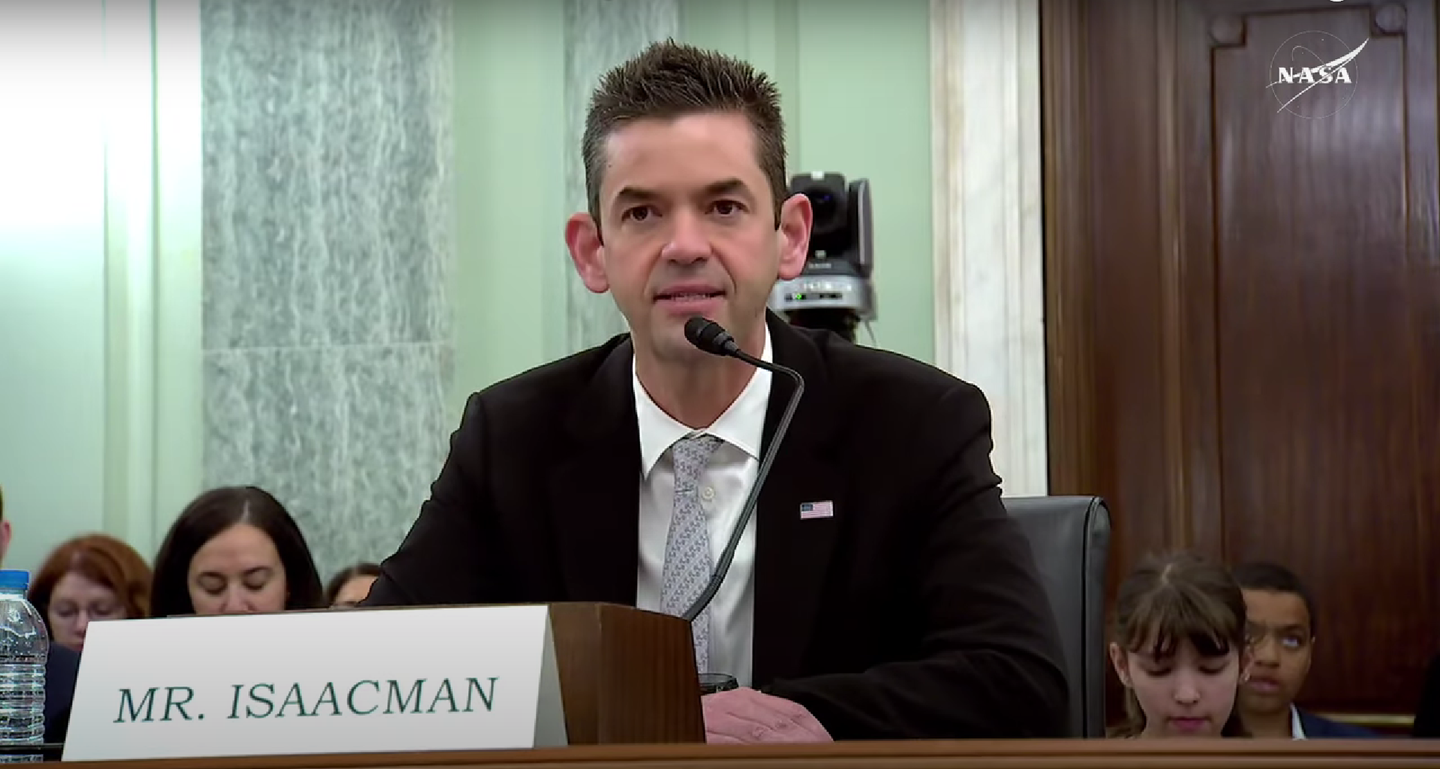The Middle East: Cradle of Urban Air Mobility?
Manufacturers of futuristic aircraft, such as electric vertical takeoff and landing (eVTOL) air taxis, are flocking to the United Arab Emirates.

Joby Aviation was one of several UAM manufacturers to display its aircraft at the inaugural DriftX conference in Abu Dhabi. [Jack Daleo]
Urban air mobility, or UAM, is beginning to create murmurs within the aviation industry. And the Middle East is shaping up to be the technology’s proving ground.
UAM manufacturers—many of them based in the U.S.—are developing electric vertical takeoff and landing (eVTOL) air taxis, electric short takeoff and landing (eSTOL) planes, and other outlandish aircraft with unique propulsion sources and flight characteristics. These companies have garnered billions in investments and the support of key airline partners, such as United Airlines and Delta Air Lines.
If you're not already a subscriber, what are you waiting for? Subscribe today to get the issue as soon as it is released in either Print or Digital formats.
Subscribe NowNo market has been more welcoming, however, than the United Arab Emirates, UAM manufacturers told FLYING in April at the inaugural DriftX—a two-day event in Abu Dhabi that showcased the latest technology in air, land, and sea transportation.
“There’s nowhere on earth that’s been as positive or receptive to what we’re doing here,” said Nikhil Goel, chief commercial officer of eVTOL air taxi manufacturer Archer Aviation.
Help From Above
Archer and other manufacturers cited partnership opportunities with UAE leadership as a major draw for them to bring their services to the country. Goel said he personally has been visiting the UAE for about a decade, dating back to his time with Uber’s short-lived eVTOL venture, Uber Elevate. Even then, the government welcomed the idea of UAM with open arms.
“Back then it was a dream,” Goel said. “Today, it’s here.”
Archer and fellow eVTOL air taxi manufacturer Joby Aviation, which also has long-standing ties with Emirati leaders, hope to launch service in the UAE as early as 2025—the same year they expect their aircraft to begin operations in major U.S. cities, including New York, Chicago, and Los Angeles. The companies claim these offerings will be cost-competitive with ground-based rideshare services, such as Uber or Lyft.
Archer, Joby, and other manufacturers have signed agreements with UAE government and state-backed entities, including the Abu Dhabi Investment Office (ADIO), Abu Dhabi Department of Economic Development (ADDED), Dubai Roads and Transport Authority (RTA), and General Civil Aviation Authority (GCAA). Within them are incentives for hundreds of millions in funding to build ecosystems for eVTOL aircraft.
“There’s been a lot of interest in the region—both here in Abu Dhabi and in Dubai—in this idea of air taxis and what this type of flying mobility can do, for quite a while,” said Eric Allison, chief product officer of Joby.
Chinese manufacturer EHang—which in October achieved the world’s first eVTOL air taxi type certification—and electric seaglider manufacturer Regent Craft are also working with UAE government and state-backed organizations.
“You see what the region is doing with the eVTOLs, with mobility, with building and construction in general…and we’ve only felt supported,” said Billy Thalheimer, CEO of Regent.
Archer, Joby, EHang, Regent, and others have joined Abu Dhabi’s Smart and Autonomous Vehicle Industry (SAVI) cluster—a collection of government-backed research and development, testing, and manufacturing facilities within the city. Already, several of them have committed to produce aircraft within SAVI.
Abdulla Al Marzouqi, director general of Abu Dhabi’s Integrated Transport Center—an affiliate of the Emirate’s Department of Municipalities and Transport—said UAE leaders believe UAM technology will be widespread in the future. They’re looking to get ahead of the curve by attracting both manufacturers and private investors.
Al Marzouqi said the UAE has made climate policy a priority, creating a favorable regulatory environment for UAM companies. The country aims to achieve net-zero emissions across all industries by 2050, with regulations around renewable energies such as green hydrogen already in place.
Henry Hooi, CEO of eSTOL manufacturer Volar Air Mobility—which in April announced its plans to fly in the UAE—said these policies make the country “a fantastic hub for the potential development of green aviation in the region.”
Long term, Al Marzouqi said the government intends to enact UAM regulations across the Emirates. In the meantime, it will continue to invest in existing transportation technologies to bridge the gap as eVTOL air taxis and other outlandish aircraft come online.
The strategy so far has garnered results. In April, ADIO unveiled the UAE’s first operational vertiport, a temporary installation at DriftX. Vertiports, akin to heliports, are designed to accommodate eVTOL and other electric aircraft with infrastructure such as charging stations. The country also hosted the Middle East’s first passenger-carrying eVTOL demo in May, completed by EHang.
place in Abu Dhabi on April 25 and 26. [Jack Daelo]
Sooner Rather Than Later
UAE leaders have an urgency to deploy eVTOL and other novel aircraft “sooner [rather] than later,” said Allison, which is an attractive proposition for UAM manufacturers.
Both Joby and Archer, for example, claim they will be ready to fly in the country by 2025—the year they expect to obtain FAA type certification. Saif Mohammed Al Suwaidi, director general of the GCAA, said in October that his agency expects to approve Archer air taxi flights as soon as the company secures the equivalent authorization in the U.S.
Archer CEO Adam Goldstein earlier this year told Aerospace America, “In the UAE, they can make decisions much different than what the regulators here can do.”
Goel told FLYING: “I think it’s really about the attitude. [In the UAE], everyone says, ‘How fast can we get here? What can we do to help?’ There’s nowhere else in the world that’s got that sort of attitude.”
Set Up for Success
Certification is top of mind for UAE leaders. But a massive chunk of the government’s investment is going toward preparing the nation’s infrastructure for an influx of UAM aircraft.
Al Marqouzi said the idea is to set companies up for success by installing vertiports, electric chargers, and other infrastructure before the aircraft begin flying. He said the country is already building a network of electric aircraft charging stations, for example.
In December 2022, the UAE government agreed to a three-year, $40 million investment to build a UAM flight testing and development hub in partnership with VPorts. The same month, it published what it believes to be the world’s first national vertiport regulations.
In February 2023, Dubai crown prince Sheikh Mohammed bin Rashid Al Maktoum approved plans to develop a nationwide vertiport network by 2026. Construction on the nation’s first fully operational vertiport at Ras Al Khaimah International Airport (OMRK), led by VPorts, is already underway. Another partner, Skyports, is building a site at Dubai International Airport (OMDB).
U.S. manufacturers are also working directly with these vertiport companies. Joby, for example, is collaborating with Skyports to design, build, and operate three additional vertiport sites in Dubai. Archer and partner Falcon have a similar arrangement, covering locations in Dubai and Abu Dhabi.
“We need there to be lots of places to take off and land,” said Allison. “And the key to making that possible is to make the infrastructure rapidly deployable and very economical…We’re working on designs for modular infrastructure with integrated ground support equipment that can be very rapidly and efficiently and economically deployed to retrofit existing infrastructure in places like parking garages.”
Dubai and Abu Dhabi, for example, have a combined 350 helipads, according to Archer. By simply installing aircraft charging equipment, those sites could become UAM hubs.
“There’s already a lot of existing infrastructure all over the country in both Dubai and Abu Dhabi,” said Goel. “And so as we look at that, we say, ‘A’, we can use that existing infrastructure to our benefit, and ‘B’, there’s a lot of opportunity to build new infrastructure.”
However, Allison acknowledged that there remains “a lot of work that needs to be done to build the ecosystem.”
Market Potential
Beyond the obvious benefits of government support and investment, UAM companies are enticed by the UAE for several reasons.
One unstated reason may be the prevalence of wealth. While Archer, Joby, and other players bill their services as affordable, it could take time for them to become accessible to the average consumer. And the UAE, despite a population composed largely of migrant workers, ranks sixth in the world in GDP per capita. In other words, the country has plenty of premium customers.
“Everyone I’ve talked to here is just salivating at the prospect of being able to get from downtown Dubai to downtown Abu Dhabi in 30 minutes,” said Allison, who noted the UAE’s “incredible economic growth.”
Thalheimer said that Regent was drawn to the country by “a combination of geography, market demands, and then sort of a pro-business and forward leaning approach on innovation and mobility.”
He characterized the UAE as a massive market in the geographical center of the Eastern Hemisphere, rife with coastal population centers. For manufacturers with global ambitions, such as Regent, establishing a presence in such a location can aid in expansion.
“I know that the UAE is going to lead the way,” said Goel. “I know we’re going to be in Abu Dhabi, Dubai, and all across the seven emirates. We see an opportunity to scale hundreds of vehicles across the country, and then take what we learn here and spread it all across the Middle East.”
This feature first appeared in the July/August Issue 949 of the FLYING print edition.

Sign-up for newsletters & special offers!
Get the latest FLYING stories & special offers delivered directly to your inbox







